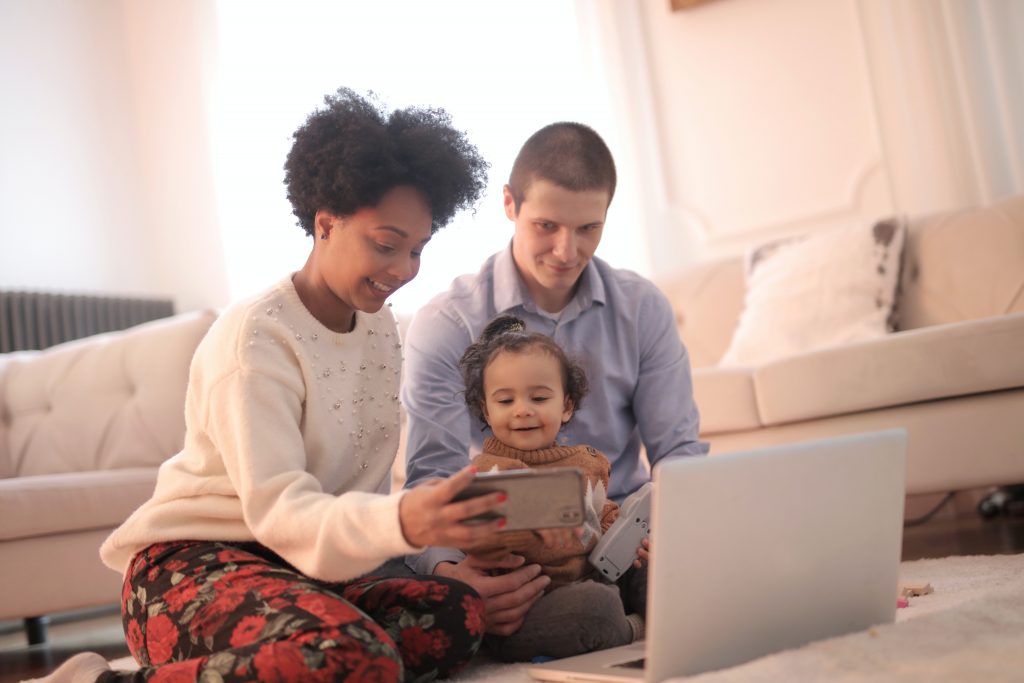Not all screen times are equal. Here’s how you can make your child benefit from active screen time
The digital age has transformed various aspects of life… including parenthood. As parents are occupied with juggling livelihood, home chores, and family life, the Internet is a big help for parents nowadays in keeping children busy and entertained. It is a common sight almost everywhere to see a young kid or even a toddler interacting with digital media through smartphones or tablets.
While we can’t deny the fact that it helps parents in keeping kids occupied, uncontrolled screen time carries certain risks for children. In 2016, the American Academy of Pediatrics suggested that there should be no media exposure for children under two years of age. However, recent guidelines have been published emphasizing the significance of parents’ involvement should they allow their kids to use digital media at an early age.
So how much screen time is good for kids, and how much of it can have adverse effects on the child’s mental and physical growth? Let’s find out.
READ ALSO: HOW TO RAISE SMART KIDS
Passive vs Active Screen Time
Not all screen times are created equal. While certain screen times may be doing your kid more harm than good, there’s a screen time that can actually help in your child’s development. There are two types by which children can engage in digital media: the passive screen time and the active screen time.
Passive screen time, which typically includes activities like watching TV, or any other that does not require active physical or mental engagement, is not very helpful for the kids’ cognitive development. It is likely to be sedentary and does not promote any physical and mental function and exercise for the children.
On the other hand, active screen time allows the children to actively participate physically or mentally. It means that through screen time, the kids use their creativity or analytical skills. They can also engage well with the people around them. Some examples of active screen time activities are video chat with family members, playing educational and interactive games, using Arts and crafts apps, drawing on the screen, watching an educational video.
Tips on How to Make the Most of Active Screen Time
Zero screen time doesn’t work for all parents, especially those who have full-time jobs. So if you allow your child to engage in the digital world, just make sure that he’ll be getting the benefits and not the consequences of screen time. Here are some tips:
- Choose high-quality content and material that will allow your child to be active mentally or physically.
- If your child is a toddler or pre-schooler, be involved in your child’s screen time. As he watches educational shows or plays with interactive educational games, interact with your child and explain to him what’s going on in the digital content.
- Treat screen time as simply a supplement to learning. The bulk of teaching must still come from parents. Digital learning content can be your guide or teaching material.
Whether we like it or not, gadgets and screens are part of modern living. If you’re using the Internet and gadgets, it can be difficult to impose strict zero screen times for your child who sees you using gadgets every day. The challenge for every parent is on implementing a healthy limit to screen time and choosing the right contents and digital activities for the kids. Likewise, parents who allow screen time for kids should also be actively involved in their little one’s screen time so they can guide them and engage with them as they participate in digital activities that enhance their skills and capabilities.
READ ALSO: LEARNING TO LEARN WITH PLAY
ABOUT THE AUTHOR
Gwen Llana-Serrano is a millennial work-at-home mom. She owns a content writing start-up and writes about her experience as a first-time mom in her parenting and lifestyle blog. She also contributes articles to The Asian Parent, the largest parenting website in Southeast Asia.





